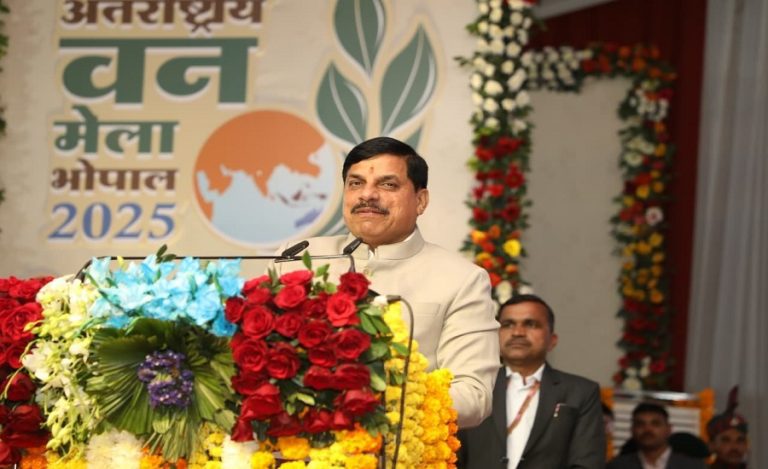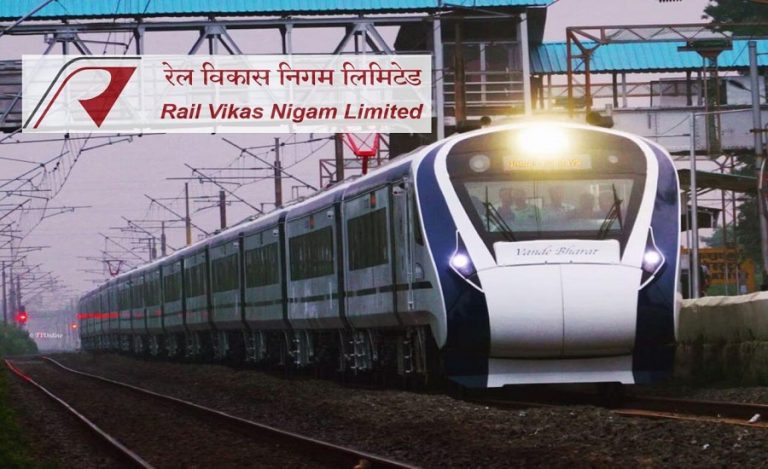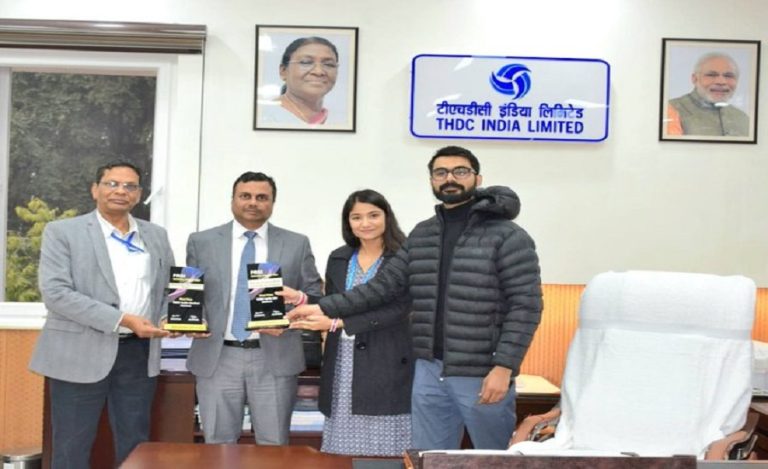New Delhi: India’s defence research wing, the Defence Research and Development Organisation (DRDO), is reportedly working on a next-generation electric heavyweight torpedo capable of reaching depths up to 800 metres and extended range endurance. This development marks a significant push in India’s undersea warfare capability, especially in the face of advanced submarine threats from China.
Background of the Deep-Strike Electric Heavyweight Torpedo
The Indian Navy has long been building up its anti-submarine warfare (ASW) capabilities in the Indian Ocean Region. With growing concerns over Chinese deep-diving submarine deployments, India is accelerating efforts to field indigenous weapons able to chase and neutralise such vessels.
The current heavier-torpedo systems operate in shallower depths (~600 metres) and shorter range. Reports indicate that DRDO’s design team is building on existing Electric Heavyweight Torpedo (EHWT) frameworks but significantly upgrading depth, range, endurance and propulsion systems.
Key Features of Deep-Strike Electric Heavyweight Torpedo
- The new torpedo variant is reported to have an 800 metre depth capability, significantly deeper than current models.
- Improved electrical propulsion, battery modules with higher power-density and better energy management for longer sustained underwater missions.
- Enhanced hydrodynamic shaping and control suite upgrades for faster underwater manoeuvre and quieter operation.
- Seamless integration planned with the Indian Navy’s conventional submarine fleet (for example the Kalvari-class) to bring indigenous deep-strike torpedo capacity on board.
Strategic Significance of Deep-Strike Electric Heavyweight Torpedo
This development has major implications:
- By enabling deeper engagement of submarines, India gains an edge in blue-water ASW scenarios and undersea deterrence in the Indo-Pacific.
- The indigenous build supports the “Atmanirbhar Bharat” defence manufacturing push — reducing reliance on foreign components.
- A weapon capable of higher depth and range closes existing capability gaps against stealthy adversary submarines, especially those operating from around Chinese bases or in deep waters.
- It sends a strong signal to potential adversaries that India is strengthening its undersea strike and deterrence architecture.
Challenges & What Lies Ahead
While promising, there are challenges:
Technology: Designing batteries, electric propulsion and control systems that perform reliably at 800 metre depths involves major engineering hurdles.
Trials & integration: Sea trials, integration with submarine platforms, and validation of performance under operational conditions will take time.
Budget and timelines: Ensuring funds, production scale-up and timely induction into service remain key.
Adversary counter-measures: Submarine safety, counter-torpedo systems and stealth tactics may evolve in response.
Importance of Deep-Strike Electric Heavyweight Torpedo to India’s Defence Ecosystem
- Boosts India’s capability to protect its maritime borders, sea-lanes and undersea assets.
- Adds depth (literally) to the country’s deterrence posture beneath the waves.
- Strengthens the defence industrial base of the country by building more complex indigenous systems.
- Enhances credibility of the Indian Navy in multi-domain warfare (surface, air, undersea).
- Encourages technology spill-over to civilian/dual-use sectors (battery tech, propulsion, materials).



























